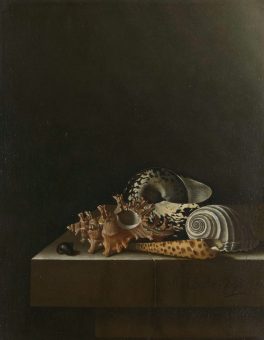
It is well known that answers to many questions can often be found in nature. Have you ever heard that there are natural solar systems that can serve as examples of efficient use of sunlight? Recently, researchers from Yale University discovered an interesting and highly useful process that occurs in giant clams living near tropical reefs.
Inside these clams live small algae, which are actually like plants. The algae use sunlight to produce food, allowing them to grow. Through a process known as photosynthesis, sunlight provides the energy needed to convert carbon dioxide and water into sugars and oxygen, as it usually functions. The sugar produced in this way serves as food for the algae, while the algae provide nutrients for the clam.
Instead of generating electricity from sunlight as solar panels do, giant clams use sunlight to efficiently provide energy for their internal algae. However, the clams do this in a highly efficient way, which could be replicated to generate electricity and make solar panels even more efficient. ,
Giant clams have a unique way of using sunlight. This process can be described as follows: sunlight reaches the giant clam as a large beam of light. However, before the light reaches the algae, it passes through a special layer in the clams called iridocytes, which breaks and disperses the light in all directions.
More:
- How the Plane Turned Orange Due to Climate Change
- Is There Global Solidarity on the Issue of Climate Change – What Does the Survey Say?
- Climate Change Reduce the Numbers of Migrating Birds
The light evenly illuminates all the algae inside the clam instead of falling on just one spot. This process allows the algae to utilize almost all the light that reaches them.
Research from Yale University suggests that there is another trick involved. Clams are highly adaptable – during the day, they stretch to make better use of sunlight. When the light is stronger, the clams expand; when it is weaker, they contract. Ordinary plants do not have such capabilities, nor do solar panels. Scientists could potentially use this natural trick to develop even better and more efficient solar panels in the future.
The research team also mentioned that they had developed a model to calculate the quantum efficiency of the clams – a measure of how well the system can convert light into electrical energy. The initial model showed a quantum efficiency of 42 percent, but when the researchers included the dynamic adjustment of the clams – i.e., their stretching – the quantum efficiency jumped to 67 percent. By comparison, the quantum efficiency of green leaves in a tropical environment is only about 14 percent.
Therefore, clams are an excellent example of how to convert sunlight into energy most efficiently.
Energy Portal

